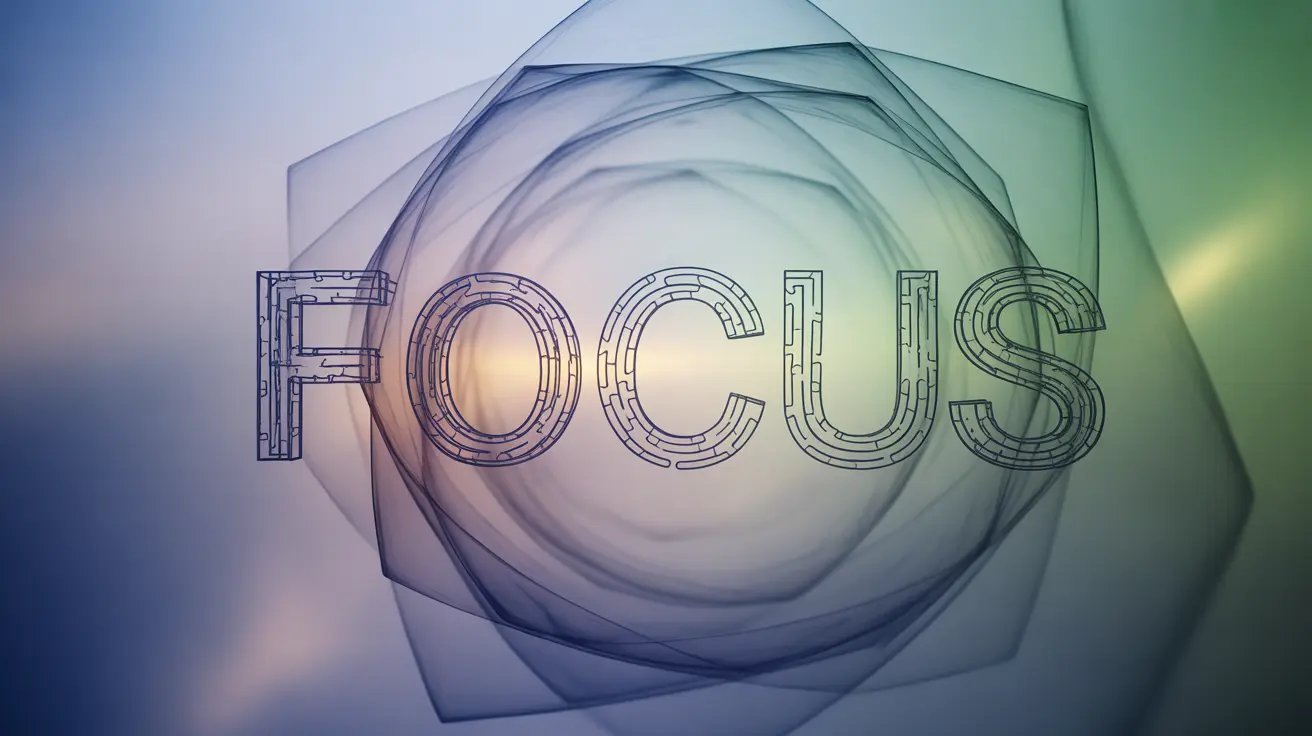For individuals with Attention Deficit Hyperactivity Disorder (ADHD), managing multiple tasks simultaneously can present unique challenges. While many people struggle with multitasking to some degree, those with ADHD often face additional hurdles due to differences in how their brains process and manage competing demands for attention.
Understanding the relationship between ADHD and multitasking is crucial for developing effective strategies to manage daily responsibilities and improve productivity. This article explores why multitasking can be particularly challenging for people with ADHD and provides practical solutions for better task management.
The ADHD Brain and Task Management
The ADHD brain processes information differently from neurotypical brains, particularly in areas related to executive function. These differences affect working memory, task switching, and attention regulation—all critical components for successful multitasking.
Executive function challenges can make it difficult to:
- Maintain focus on multiple tasks
- Switch smoothly between different activities
- Keep track of task progress
- Prioritize effectively
- Remember task-related details
The Impact of Task-Switching on ADHD
Task-switching, a fundamental aspect of multitasking, requires significant cognitive resources. For individuals with ADHD, these transitions can be particularly taxing, often leading to:
- Increased mental fatigue
- Higher likelihood of errors
- Greater time spent refocusing
- Reduced overall productivity
- Heightened stress levels
Effective Strategies for Managing Multiple Tasks
Implementing Single-Tasking Techniques
Rather than attempting to juggle multiple tasks simultaneously, many individuals with ADHD find success with structured single-tasking approaches:
- Breaking larger tasks into smaller, manageable chunks
- Using time-blocking techniques
- Setting clear boundaries between different activities
- Creating detailed task lists
- Establishing priority hierarchies
Utilizing Supportive Tools and Technologies
Various tools can help manage task-related challenges:
- Digital task management apps
- Timer-based work systems
- Visual scheduling aids
- Reminder applications
- Noise-canceling headphones for focus
Beneficial Forms of Multitasking
While traditional multitasking can be challenging, some forms of parallel activities may actually benefit individuals with ADHD:
- Background music during routine tasks
- Physical movement while learning or problem-solving
- Fidget tools during meetings or focused work
- Nature sounds while reading or studying
Creating an ADHD-Friendly Work Environment
Optimizing your environment can significantly impact task management success:
- Minimizing visual distractions
- Organizing workspace efficiently
- Maintaining consistent routines
- Creating designated areas for specific tasks
- Managing environmental noise levels
Frequently Asked Questions
Why is multitasking more difficult for people with ADHD compared to others?
People with ADHD experience greater difficulty with multitasking because their executive function systems, which control task-switching and attention regulation, work differently. This makes it harder to maintain focus on multiple tasks and transition smoothly between different activities.
How does ADHD affect the brain's ability to switch between tasks effectively?
ADHD impacts the brain's executive function systems, making task-switching more cognitively demanding. This results in longer transition times between tasks, increased mental fatigue, and greater difficulty maintaining attention during switches.
What strategies can help individuals with ADHD improve productivity when multitasking feels overwhelming?
Effective strategies include implementing structured single-tasking approaches, using time-blocking techniques, breaking tasks into smaller components, utilizing task management tools, and creating clear boundaries between different activities.
Can certain types of multitasking, like listening to music while working, benefit people with ADHD?
Yes, some forms of parallel activities can be beneficial. Background music, physical movement, or using fidget tools while working can help maintain focus and regulate attention for many individuals with ADHD.
How does reducing distractions and single-tasking improve focus for someone with ADHD?
Reducing distractions and focusing on one task at a time decreases cognitive load, making it easier to maintain attention and complete tasks effectively. This approach helps prevent mental fatigue and improves overall task completion quality.




